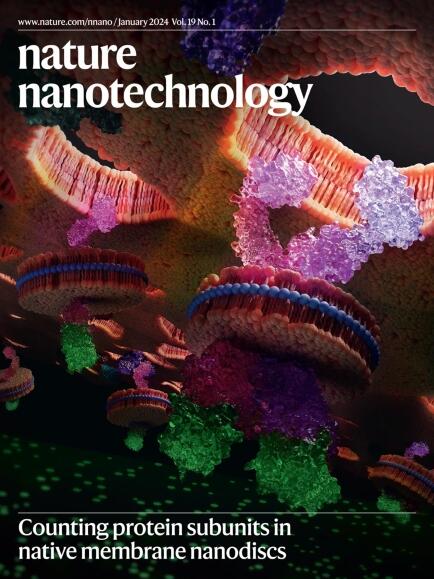多药抗癌纳米药物分析
IF 34.9
1区 材料科学
Q1 MATERIALS SCIENCE, MULTIDISCIPLINARY
引用次数: 0
摘要
多药纳米医学在同一时间将一种以上的药物共同递送到同一部位的势头正在增强。我们对273项临床前肿瘤生长抑制研究的分析表明,多药纳米治疗比单药治疗、多药联合治疗和单药纳米治疗分别高出43%、29%和30%。联合纳米疗法也有最佳的总生存率,56%的研究显示完全或部分生存,而对照方案为20-37%。在多药纳米药物组中,我们分析了(联合)给药计划和策略、被动靶向与主动靶向、纳米载体材料和治疗剂类型的影响。最重要的是,研究发现,与两种单独包封的纳米药物的组合相比,在同一纳米配方中共包封两种不同的药物可进一步减少19%的肿瘤生长。我们最后表明,在不同的癌症类型中,在敏感和耐药肿瘤中,以及在异种移植和同种异体移植模型中,多药物纳米治疗的益处是一致的。总之,这项荟萃分析证实了多药纳米药物作为改善癌症治疗的有效策略的价值。本文章由计算机程序翻译,如有差异,请以英文原文为准。


Analysis of multi-drug cancer nanomedicine
Multi-drug nanomedicine is gaining momentum for co-delivering more than one drug to the same site at the same time. Our analysis of 273 pre-clinical tumour growth inhibition studies shows that multi-drug nanotherapy outperforms single-drug therapy, multi-drug combination therapy, and single-drug nanotherapy by 43, 29 and 30%, respectively. Combination nanotherapy also results in the best overall survival rates, with 56% of studies demonstrating complete or partial survival, versus 20–37% for control regimens. Within the multi-drug nanomedicine groups, we analysed the effect of (co-)administration schedule and strategy, passive versus active targeting, nanocarrier material and the type of therapeutic agent. Most importantly, it was found that co-encapsulating two different drugs in the same nanoformulation reduces tumour growth by a further 19% compared with the combination of two individually encapsulated nanomedicines. We finally show that the benefit of multi-drug nanotherapy is consistently observed across different cancer types, in sensitive and resistant tumours, and in xenograft and allograft models. Altogether, this meta-analysis substantiates the value of multi-drug nanomedicine as a potent strategy to improve cancer therapy. Multi-drug nanotherapy consistently outperforms single-drug therapy, multi-drug combination therapy, and single-drug nanotherapy across different experimental settings, therapy strategies and cancer types.
求助全文
通过发布文献求助,成功后即可免费获取论文全文。
去求助
来源期刊

Nature nanotechnology
工程技术-材料科学:综合
CiteScore
59.70
自引率
0.80%
发文量
196
审稿时长
4-8 weeks
期刊介绍:
Nature Nanotechnology is a prestigious journal that publishes high-quality papers in various areas of nanoscience and nanotechnology. The journal focuses on the design, characterization, and production of structures, devices, and systems that manipulate and control materials at atomic, molecular, and macromolecular scales. It encompasses both bottom-up and top-down approaches, as well as their combinations.
Furthermore, Nature Nanotechnology fosters the exchange of ideas among researchers from diverse disciplines such as chemistry, physics, material science, biomedical research, engineering, and more. It promotes collaboration at the forefront of this multidisciplinary field. The journal covers a wide range of topics, from fundamental research in physics, chemistry, and biology, including computational work and simulations, to the development of innovative devices and technologies for various industrial sectors such as information technology, medicine, manufacturing, high-performance materials, energy, and environmental technologies. It includes coverage of organic, inorganic, and hybrid materials.
 求助内容:
求助内容: 应助结果提醒方式:
应助结果提醒方式:


